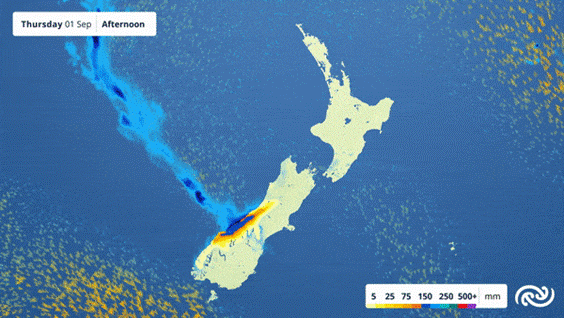
Ōtautahi – New Zealand has yet to come up with an effective plan to cut emissions from Aotearoa’s biggest polluter, agricultural emissions.
Industrial agricultural emissions half of New Zealand’s total greenhouse gasses. A draft plan, He Waka Eke Noa, fails to reduce dairy industry emissions in particular, even though dairy cattle make up a quarter of the country’s total emissions.
The dairy industry is exempt from the Emissions Trading Scheme and He Waka Eke Noa rewards with incentives more than it levies the industry.
Climate concern is a major New Zealand issue, with climate strikes taking place in nine centres across Aotearoa today.
New Zealand climate change experts says the emissions trading scheme seeks to allow participants to find a price for the right to emit one tonne of CO2 where the quantity of emissions is set to be consistent with the emissions budgets set by government.
Two problems, there are 160 million tonnes of emissions rights in the bank, four years of gross emissions by ETS participants.
The other is an unconstrained ability for forestry to manufacture new units at a cost of around $50 per unit encouraging a pollute, pay and plant response that will keep gross emissions higher for longer at the cost to future generations of having to maintain forest cover for centuries to come to offset past emissions.
Mispricing carbon can mislead investors, producers and consumers but discovering the true price of carbon that reflects gross emissions reduction has proved challenging.
So New Zealand should use a price to provide rewards and penalties to screw the scrum a little away from high emissions to somewhat lower emissions.
Then over allocating units which represent pollution rights, so those awarded the over allocation can monetise their windfall by selling to other polluters which should kick start a carbon market.
The answer is to separate out sequestration from gross emissions. Have a reducing cap on gross emissions and a separate auction for the government to buy sequestration as part of meeting the country’s nationally determined contributions (NDC) through domestic action.
Nationally determined contributions are at the heart of the Paris Agreement and the achievement of its long-term goals. NDCs embody efforts by each country to reduce national emissions and adapt to the impacts of climate change.
New Zealand’s gross emissions are projected to steadily decrease from 78.8 million tonnes of carbon dioxide equivalent (Mt CO2-e) in 2020 to 56.4 Mt CO2-e in 2050. This is 13.5 per cent below New Zealand’s emissions in 1990 and 28.4 cent below emissions in 2020.

